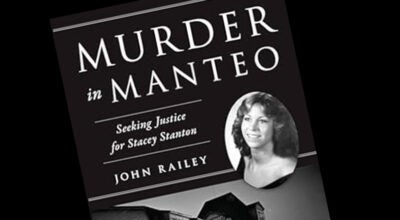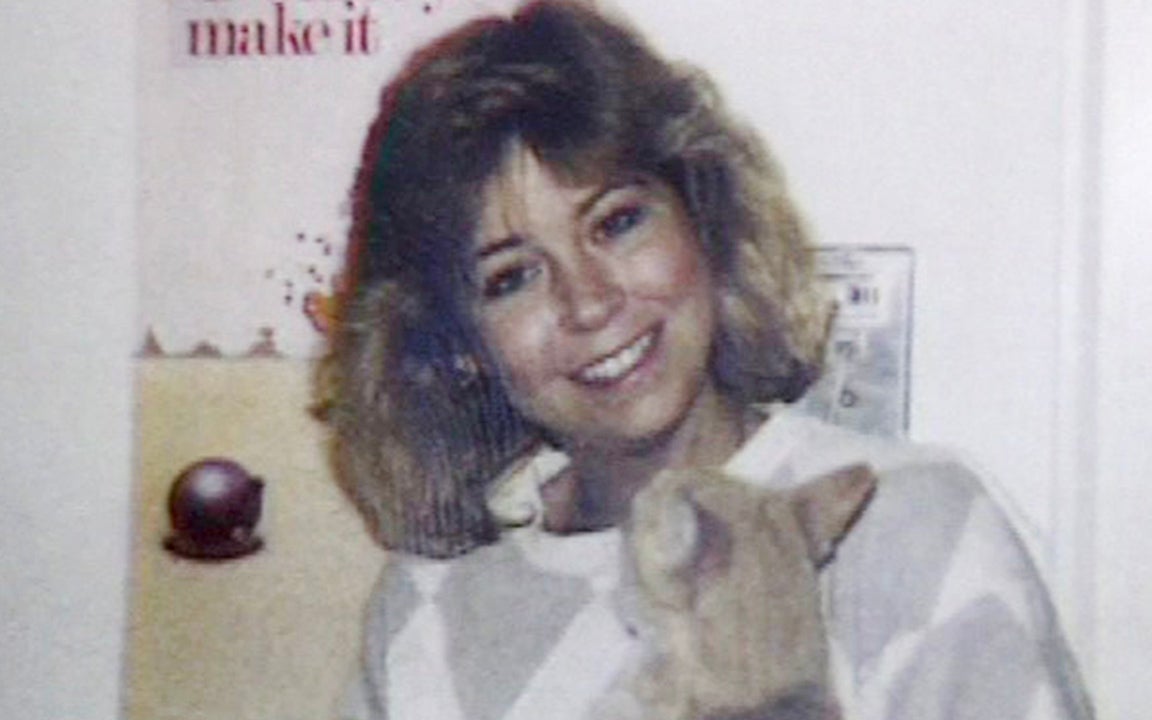Spencer motion for new trial denied
Published 3:07 am Sunday, May 10, 1998
|
Getting your Trinity Audio player ready...
|
By Michelle Cassell, The Coastland Times
Clifton Eugene Spencer’s hopes for a new trial were quashed by Superior Court Judge Richard Parker’s decision, released on Thursday.
“The defendant failed to show that the discovery of the statements of either Barbara Jean McGuinness or Dawn Tramontano Beacham would have caused the defendant to change his plea,” wrote Parker.
Spencer’s written Motion for Appropriate Relief was denied almost a year to the day it was made by Spencer’s North Carolina Prison Services attorney Letitia C. Echols.
Parker rendered his April 24 decision by mail following evidentiary hearings that were concluded on March 30.
“We will appeal to the North Carolina Court of Appeals to see if we can take It to the federal level,” said Echols, “but it will be a long process.”
She has already begun the arduous task by requesting transcripts of the January 23 and March 30 evidentiary hearings that were held in Dare County Superior Court in Manteo.
Spencer, 39, is serving a life sentence for the murder of 28 year-old Manteo waitress. He says he did not commit the crime.
Stacey Stanton was found by a co-worker when she failed to report to work at the Duchess of Dare Restaurant around 2 p.m. on Feb. 3, 1990.
Her slender body was sprawled face-up on the floor of her Manteo apartment with a blue thermal-type shirt pulled up over her chest. Her neck was gashed open – severed to the bone by the brutal attack.
Spencer, an admitted drug addict, was the last person seen with the victim after leaving the Green Dolphin Pub the night of her murder.
Police investigators believed they had enough of a case based on fingerprints and evidence samples that placed Spencer in her apartment that night. The murder weapon was never found.
The autopsy report showed she died as a result of the stab wounds in the early morning hours of Feb. 3, that she had been drinking heavily and was not raped.
Spencer’s argument has been for years that his original attorney did not tell him about evidence that existed that might have cleared him of the crime.
He said he was advised by R.O. Murphy, a NAACP attorney from Greensboro, that a black man accused of murdering a white female in a small southern town would surely get the death penalty and that his only way to avoid the electric chair would be to plead no contest to second degree murder, which he did.
Spencer filed a motion for appropriate relief in 1992, based on the premise of ineffective counsel. Edgar Barnes (now Judge Barnes) represented Spencer. That motion was denied by Judge Gary P. Trawick in Oct. 1993 and an appeal to the NC Court of Appeals was denied in May 1994.
Spencer’s appeal process was renewed by Echols who filed a motion for appropriate relief on April 25, 1997 based his conviction being obtained in violation of the Fourteenth Amendment. Judge Parker denied that motion on June 17, 1997 but the N.C. Court of Appeals remanded the case on July 8, 1997 back to Dare Superior Court.
Consequently, two evidentiary hearings were held on Jan. 1998 and March 30 to determine if the state had failed to disclose any evidence or information that would have shown his innocence during his trial over seven years ago and if so, whether his plea was voluntary as a result.
McGuinness’s testimony presented at the Jan. 1998 hearing, implied that Norman Judson Brandon (Mike) and his pregnant girlfriend, Patty Roe were both arguing with Stanton the night she was killed.
According to Parker in his finding dated April 24, 1998, the testimony given by Barbara Gene McGuinness was “different in many respects” from a statement made to the SBI investigator shortly after the murder in 1990.
Parker wrote, “ . . . the statement she made to Agent Kent Inscoe on Feb. 6, 1990 would not have been of benefit to the defense and the state was under no legal obligation to provide It to the defendant pursuant to his motion for discovery dated June 21, 1990.”
McGuinness also testified that she was threatened by Brandon’s sister to keep quiet about the argument or “it would not be safe for me in Manteo.” She claimed she didn’t feel comfortable coming forward with the information until she moved out of the area.
Parker further indicated that even if the statements were exculpatory in nature, “the failure of the state to provide the statement to the defendant would not have affected the voluntariness of the decision.”
Parker also found that the statements of Dawn Tramontano Beacham given at the hearing on March 30, 1998 were not credible for the same reasons.
Beacham had testified that she heard Patty Roe threaten to “kill” Stanton the night she was murdered.
Parker did not comment on Judge Edgar Barnes’ testimony. Barnes had been Spencer’s lawyer who represented him at his April 20, 1993 hearing that claimed his rights were violated due to ineffective counsel.
Barnes appeared as a witness called by the defense. He said he was unaware that the SBI had interviewed McGuinness and didn’t know that she had made any statements about the case.
Barnes said that information would have been helpful to his case.
Stanton’s former boyfriend, Norman Judson Brandon, who was convicted of eight counts of felonious larceny and 13 counts of breaking and entering and sentenced to 10 years in jail in 1993, had been one of the suspects early in the investigation. Barnes argued that the SBI hadn’t given enough consideration to Brandon as a suspect.
Hair evidence gathered from the victim’s chest, fingernails and mouth were never analyzed by the SBI beyond the fact it did not match Spencer’s and it was not Negroid hair.
Echols’ motion was successful in stopping the destruction of the evidence she said would be vital in determining if someone else had committed the crime.
One of Brandon’s felony convictions was for breaking into the evidence room at the Dare County Superior Court Building, according to court records, in September 1991.
According to Echols, the DNA from hair samples found on Stanton’s body were never compared to Brandon’s or any other suspect in the case.
To see the scans of the archived newspaper page where this article appeared, click here and here.
READ MORE ARTICLES RELATED TO THE STANTON CASE HERE.



